Larry Page, Founder of Google and CEO of Alphabet, has officially unveiled an ambitious project he had invested in, to develop the world’s first unmanned flying electric taxi, going by the name of “Cora”.
Cora is being developed by a company called ‘Kitty Hawk’, headed by CEO Sebastian Thrun, who hails from the most innovative department at Google – Google X. Reports heard as early as 2016 speculated that Larry Page had invested an impressive amount of $100 million in two startups working on flying cars. “Cora” has been named after the place in North Carolina where the Wright Brothers had successfully completed their first controlled flight.
Cora does not need a runway to takeoff, as it uses 12 rotor blades to facilitate vertical takeoffs. The aircraft moves forward with the help of a single propeller installed at its rear and can reach a speed of 180 km/h. The flight altitude has been estimated at approximately 150-900 meters off the ground, and it can fly up to a maximum distance of 100 km. With a wingspan of 11 meters, “Cora” can accommodate up to 2 passengers. While requiring no pilot to fly it, Cora aids autopilot flight software and has three separate computing machines to allow it to continue flying even if one of the machines fails. Cora has also been equipped with an emergency parachute facility.
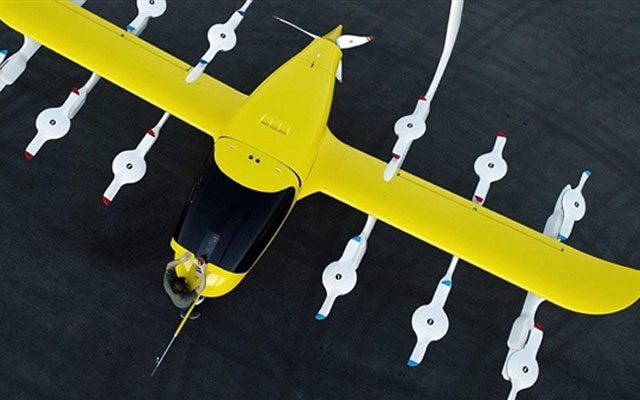
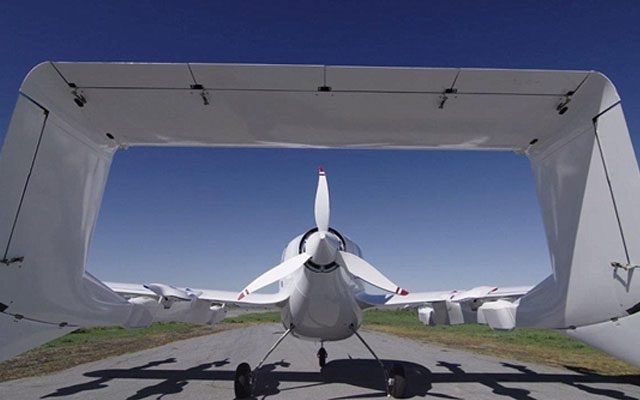

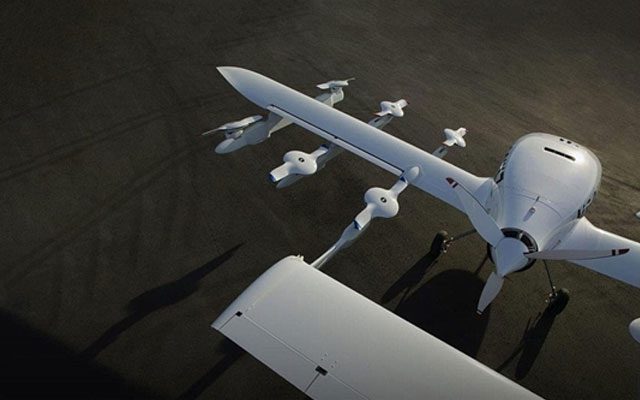

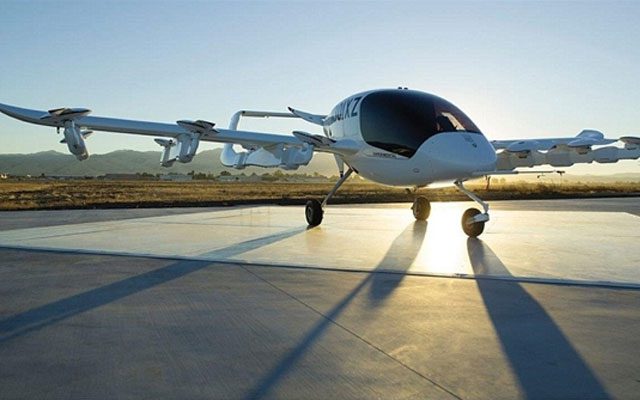

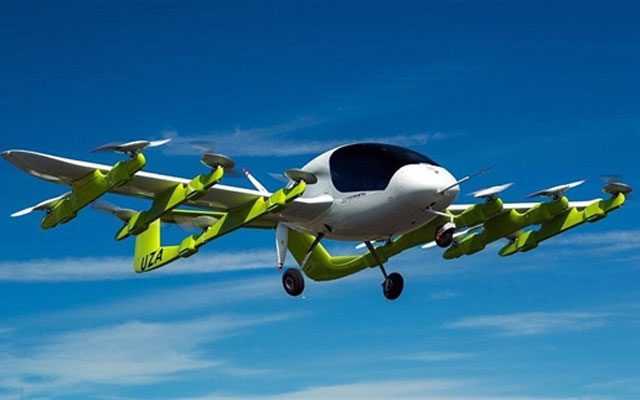

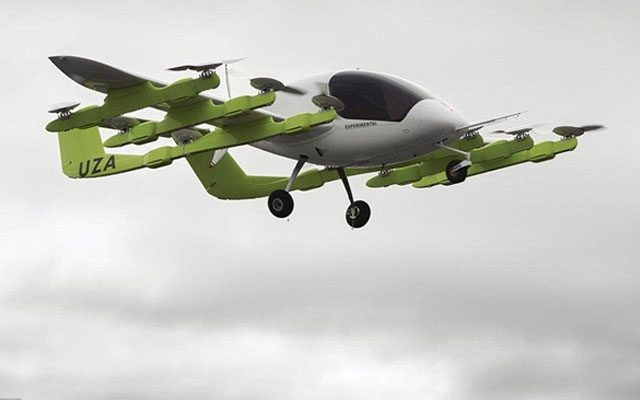

Cora was first shipped to New Zealand in October 2017, where it ran tests. But since its development was not yet announced to the public, an automated flying vehicle left many accidental witnesses puzzled and shocked. The New Zealand government has finally made the development official by making a video to announce the project to the public. As a reason for choosing New Zealand as the country to test the flying vehicle, Kitty Hawk has cited the US government’s reluctance to support innovation and the New Zealand government’s willingness for the same. While the company hopes to make Cora commercially available soon, it has not yet announced a specific date for the launch.




